
How Failed Parts Work Into an RCA
Reading Time: 9 minutes
How Failed Parts Work Into an RCA Author’s Note: I want to reiterate that this Series about reading the basic fracture surfaces, is for novices who often come into contact with such failed components. This Series is about the basics (101), and is intended to give readers an appreciation for the value of such ‘broken’ parts to an effective investigation/RCA.
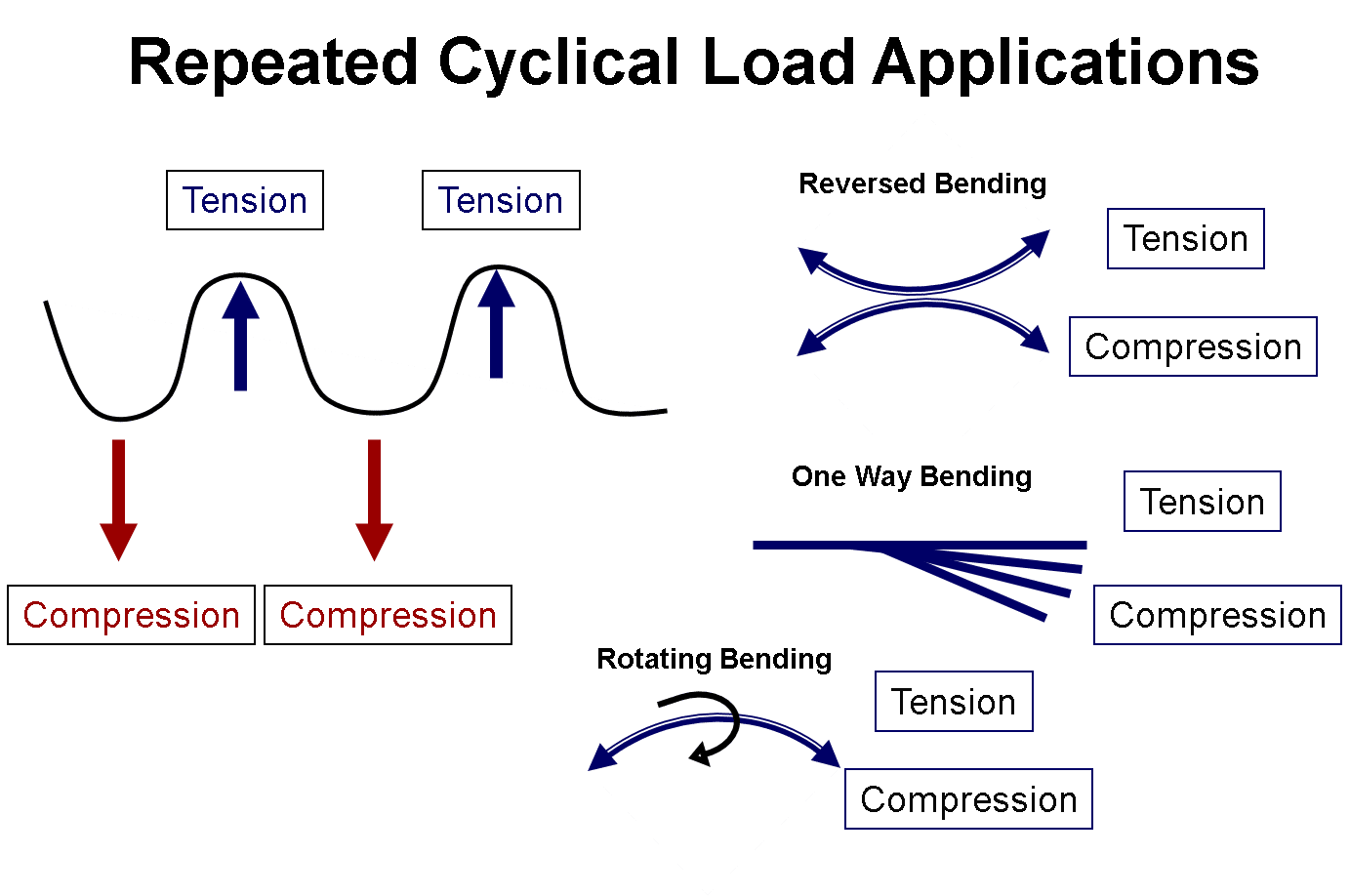
Recognizing Basic Gear Fatigue Failure Patterns
Reading Time: 3 minutes
What are Fatigue Failure Patterns? In our prior blog on Fatigue we discussed the various cyclical loading applications. Let’s review them again with this graphic. Basic Characteristics of Gear Fatigue Now let’s get a little bit more specific and discuss the basic characteristics of Gear fatigue. Some of these basics are: Let’s run through some failed parts and see if we can
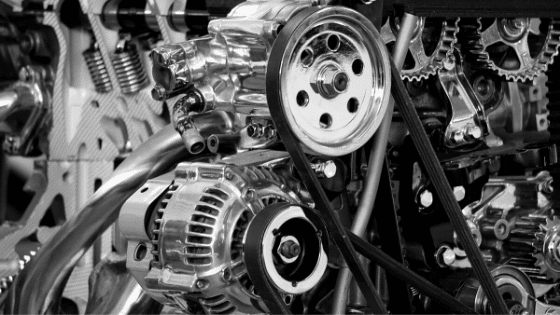
A Mechanic’s Story: Basic Component Fatigue
Reading Time: 8 minutes
In this article, we are going to delve into Fatigue (because it is the most common fracture pattern) and see how we can use an evidence-based, deductive logic process to determine what elements of Fatigue may have been at play. We are trying to create an intellectual curiosity within the front lines about ‘making the call’…is it Fatigue, or some
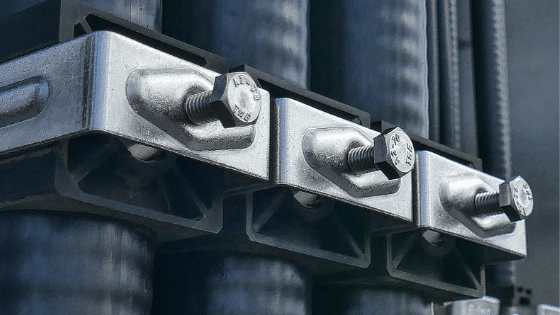
Questions About Coefficient of Friction in Fasteners
Reading Time: 4 minutes
Questions About Coefficient of Friction in Fasteners I recently received an interesting LI inquiry that I felt others could learn from the answers that I was able to get. This is not my expertise so I sought out answers from some colleagues who were more familiar with fasteners. Here is the original inquiry (translated from Portuguese so I hope Google

Is There a Direct Correlation Between Reliability & Safety?
Reading Time: 8 minutes
Is There a Direct Correlation Between Reliability & Safety? “Assumption 1: Safety is increased by increasing system or component reliability. If components or systems do not fail, then accidents will not occur. (p. 7) This assumption is one of the most pervasive in engineering and other fields. The problem is that it is not true. Safety is a system property, not
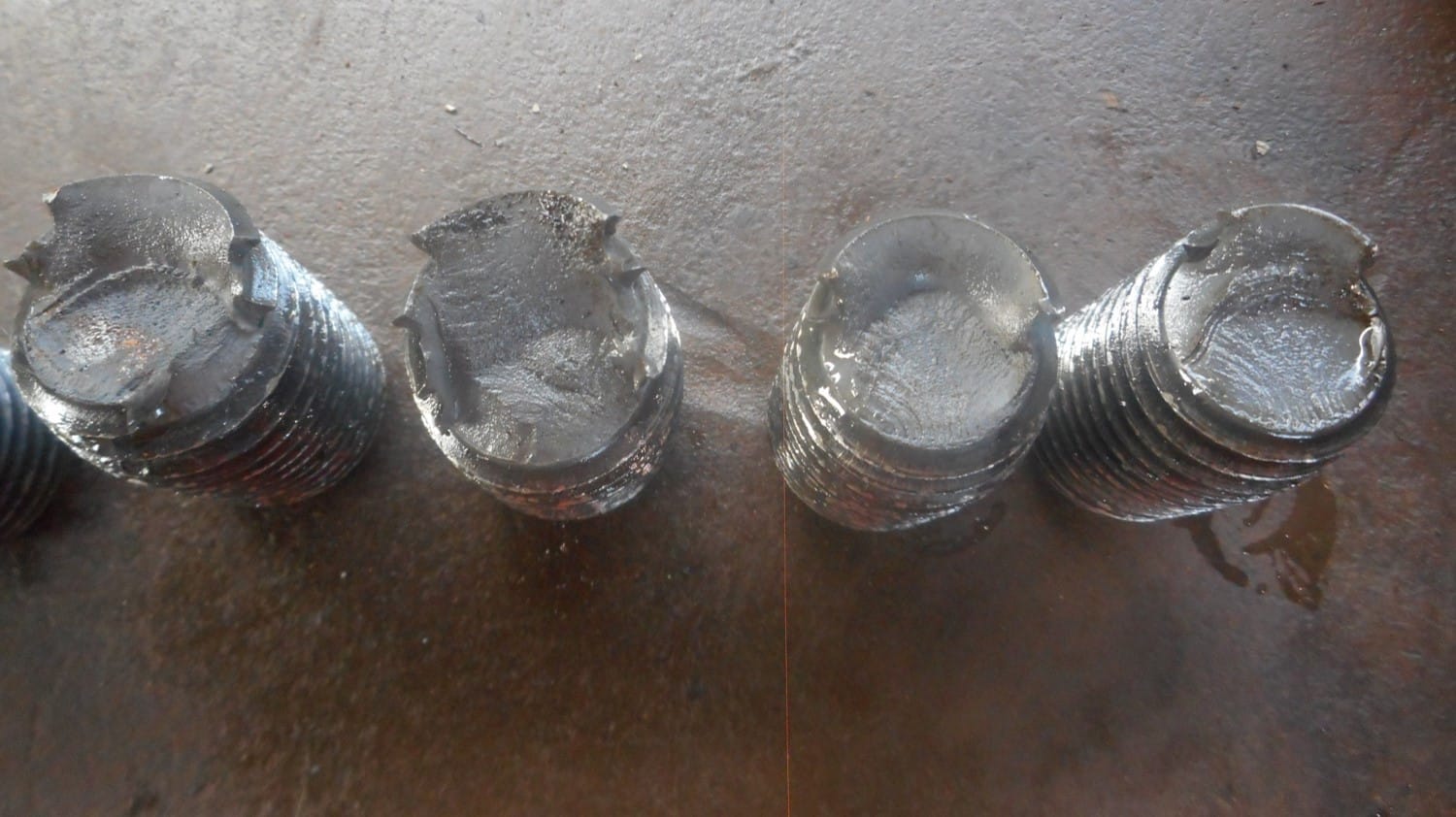
What Happened?: Investigating the (literal) Nuts and Bolts
Reading Time: 4 minutes
What Happened? As many of you know, I have been encouraging my LI contacts for years to take me up on my offer to review any pictures they have of failed parts, and we would try and provide them some preliminary feedback. Well, someone finally took us op on the offer and we wanted to share what was learned (we

A Mechanic’s Story: The Human & System’s Contribution
Reading Time: 7 minutes
Shallow Cause Analysis vs. Root Cause Analysis In this original post, A Mechanic’s Story: Basic Component Fatigue, we took a detailed journey through the physical side of a shaft failure RCA. We stopped at the physical side of that failure, parallel misalignment. However, stopping at the component level of failure does not constitute a credible and thorough RCA. Actually stopping at

Grade Your RCA Effort and Print Out Your Private Report Card…
Reading Time: 10 minutes
Grade Your RCA Effort and Print Out Your Private Report Card… Abstract: If you had to give a grade to your current Root Cause Analysis (RCA) initiative, what would it be? How would you come to that conclusion (grade)? The paradox many face with such initiatives is drawing the distinction between compliance and actual effectiveness. What would our RCA grade be based on? In this
Be “Little Bit Bold & Outrageous”: The Man Who Taught Us How
Reading Time: 10 minutes
The Need to be a “Little Bit Bold & Outrageous” the man who taught us how This phrase ‘a little bit bold & outrageous’ was constantly used by my father, Charles J. Latino early in his Reliability career. Charles founded and led one of the first corporate, global Reliability Engineering R&D groups in the U.S. for a company called Allied

The Pro’s and Con’s of Using Pre-Existing Logic in Root Cause Analysis (RCA)
Reading Time: 13 minutes
The Pro’s and Con’s of Using Pre-Existing Logic in Root Cause Analysis (RCA) By Robert J. Latino, CEO, Reliability Center, Inc. Abstract: There has been an ongoing debate for decades as to whether or not the use of pre-existing logic for conducting Root Cause Analyses helps or hinders the analysis results. Does the use of such pre-existing logic expand the thinking

Is All ‘RCA’ the Same?
Reading Time: 5 minutes
In order to know if all RCA is the same, we first have to define ‘What is RCA?’ On the surface, this seems quite simple, but unfortunately, it is quite complex. When I train or present speeches around the world, I often poll my audiences about how they define ‘RCA’. The fact is I will get as many answers, as I have people
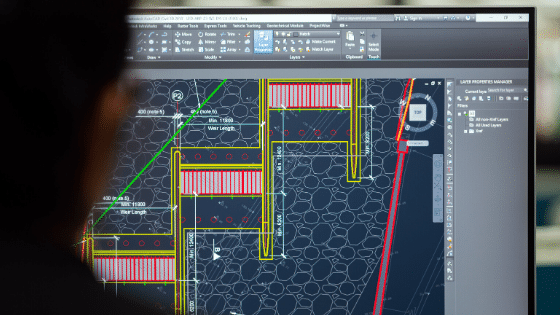
What is ‘Reliability Engineering’?
Reading Time: 3 minutes
What is ‘Reliability Engineering’? I have been very involved recently with ongoing LI discussions with respected and noted experts in the Safety community, revolving around the perceptions those in Safety have of Reliability, and vice-versa. In Safety today, there are ‘new’ approaches emerging being lead by noted Safety researchers like Sidney Dekker, Erik Hollnagel and Todd Conklin. Such ‘new’ approaches

